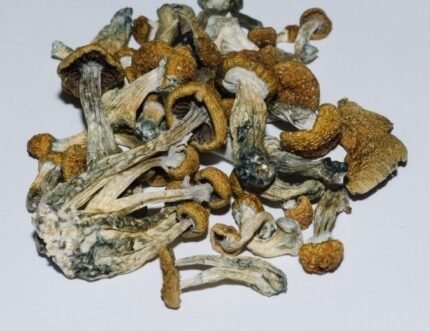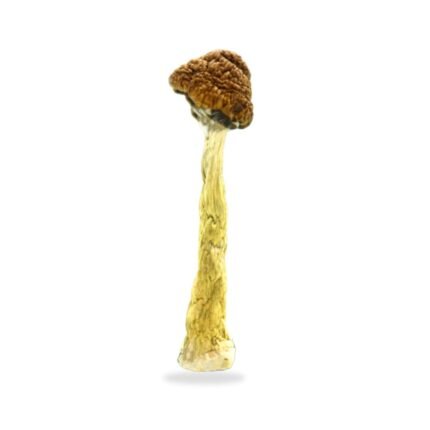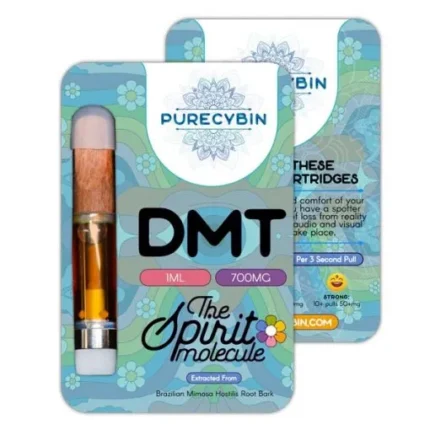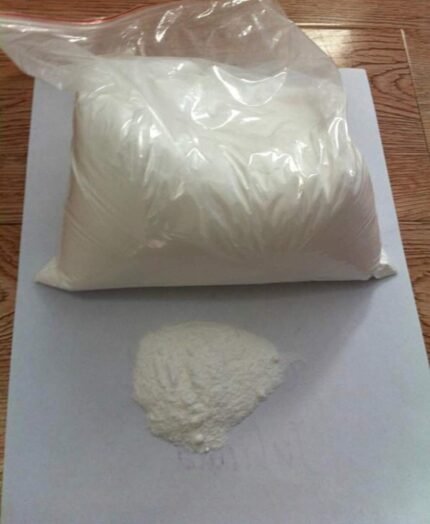Description
Buy Steel Magnolia Magic Mushrooms EU – A Powerful Journey into Consciousness
Buy Steel Magnolia Magic Mushrooms EU. Are a potent and unique strain of psilocybin mushrooms known for their strength, profound effects, and distinctively beautiful appearance. While named after the legendary flower, these mushrooms are characterized by their dense caps and vibrant colors, which are often reminiscent of the blooming magnolia flower. However the Steel Magnolia mushrooms contain psilocybin. A naturally occurring psychedelic compound that induces altered states of perception, creativity, and emotional clarity.
Effects and Benefits of Steel Magnolia Magic Mushrooms EU
The effects of Steel Magnolia Magic Mushrooms are both intense and uplifting, offering a potent journey into heightened consciousness. Users often experience vivid visual hallucinations, enhanced sensory perception, and a sense of profound emotional release. Many find that these mushrooms promote creative thinking, deep self-reflection, and an enhanced sense of connection to the world around them.
Why Choose
Steel Magnolia mushrooms are known for their balanced yet potent effects, which make them a top choice for both seasoned psychonauts and those new to the psychedelic world. Unlike some other strains that may be overwhelming, Steel Magnolia offers a smooth, manageable experience, providing clear, vivid visuals without excessive intensity.
How to Safely Use
To ensure a safe and rewarding experience with Steel Magnolia Magic Mushrooms, it’s important to start with the correct dosage. For beginners, it’s recommended to begin with a low dose of around 1 gram and gradually increase as needed. A typical experience lasts 4 to 6 hours, with the peak effects occurring around 2 to 3 hours after ingestion.
Legal Considerations and Responsible Use
While Steel Magnolia Magic Mushrooms offer profound benefits, it’s important to note that psilocybin is a controlled substance in many countries. Make sure to check the legal status of psilocybin mushrooms in your area before purchasing or consuming them.











Reviews
There are no reviews yet.